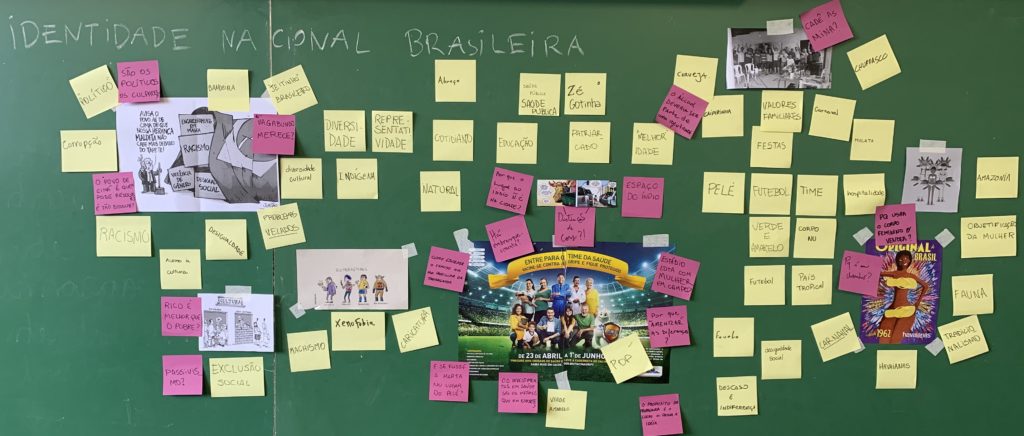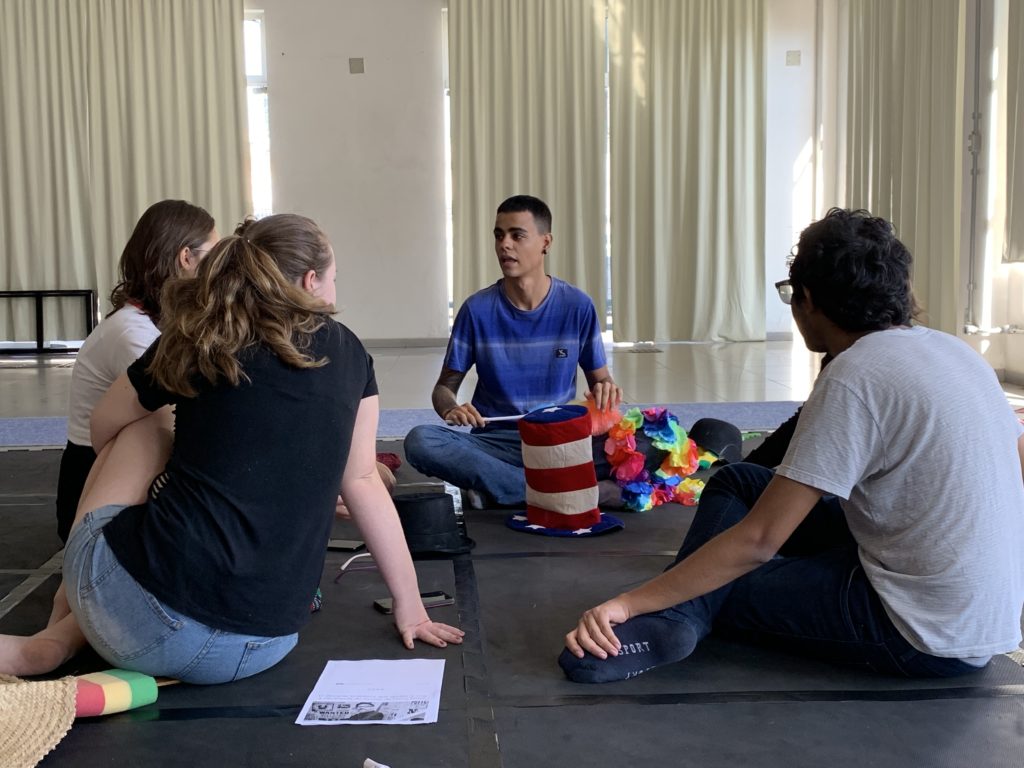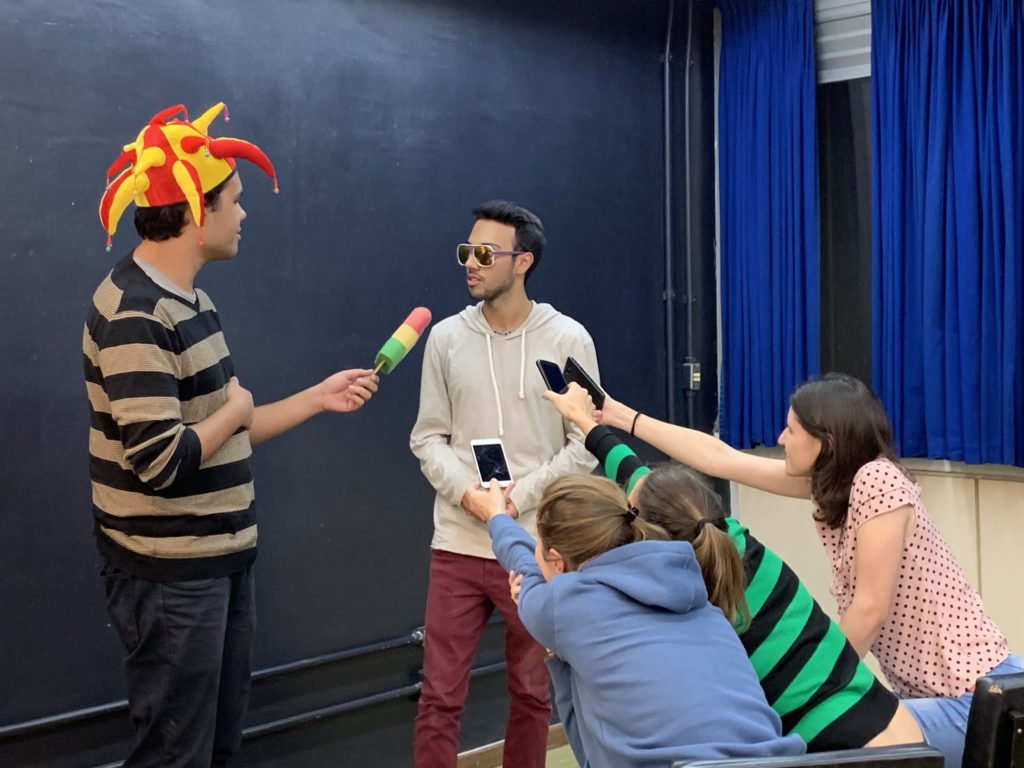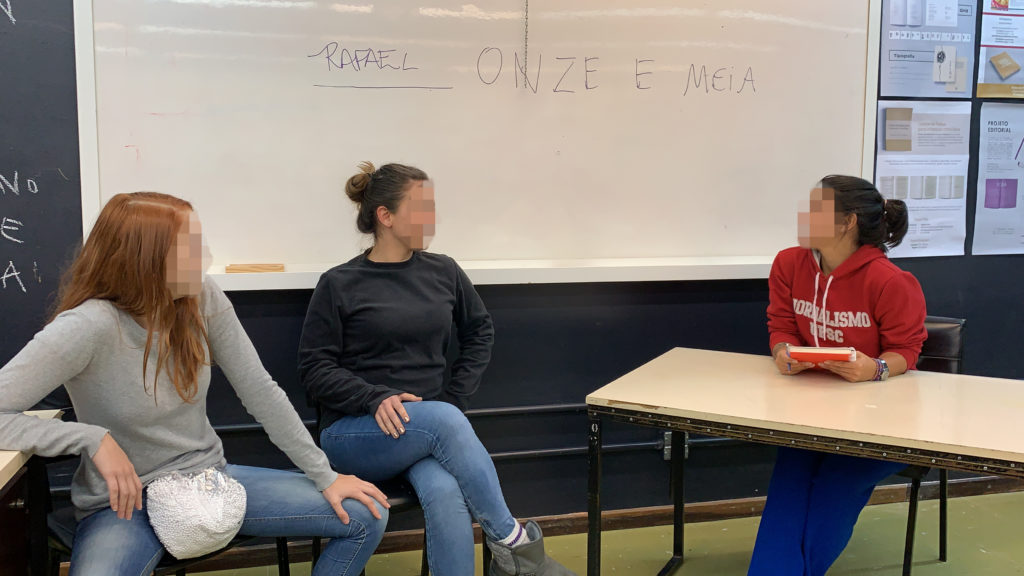45 hours – Graphic Design — UTFPR
This course, taught with Marinês Ribeiro dos Santos in 2019, ties the dots between design, culture, and society. Designers are producers and also reproducers of cultural artifacts, signs, and experiences. Being conscious of this fact helps them to find possibilities for changing oppressive cultural patterns and normalities.
The course begins with readings on Design History, Cultural Studies, Media Studies, and Gender Studies. Then, it moves to practical exercises that implement concepts such as stereotypes, identity markers, privilege, and oppression.
In the first assignment, students analyze individually how the Brazilian national identity is depicted in the media, mainly through graphic design.

After looking at the individual images alone, they get together and identify patterns across their different images. The decoding exercise occurs through a lengthy dialogue that surfaces the prejudices that Brazilian graphic designers exert in their own people.

After developing analytical skills, students also develop creative skills, or how to create liberating designs that do not oppress. In the class of 2019, we experimented with the interaction design theater as a means to explore these hard topics through the active engagement of students.

They created improvised acts wherein design artifacts played a human role as if the artifact was a person. This analogy was fruitful to understand its intentionality, history, and politics.

The final work consists of creating an artifact that challenged current cultural values and norms. In the picture below, students play with the “scrotien”, a male equivalent to the female bra (soutien). This artifact was created to criticize the health and fashion rhetorics that justify the social usage of the bra.
